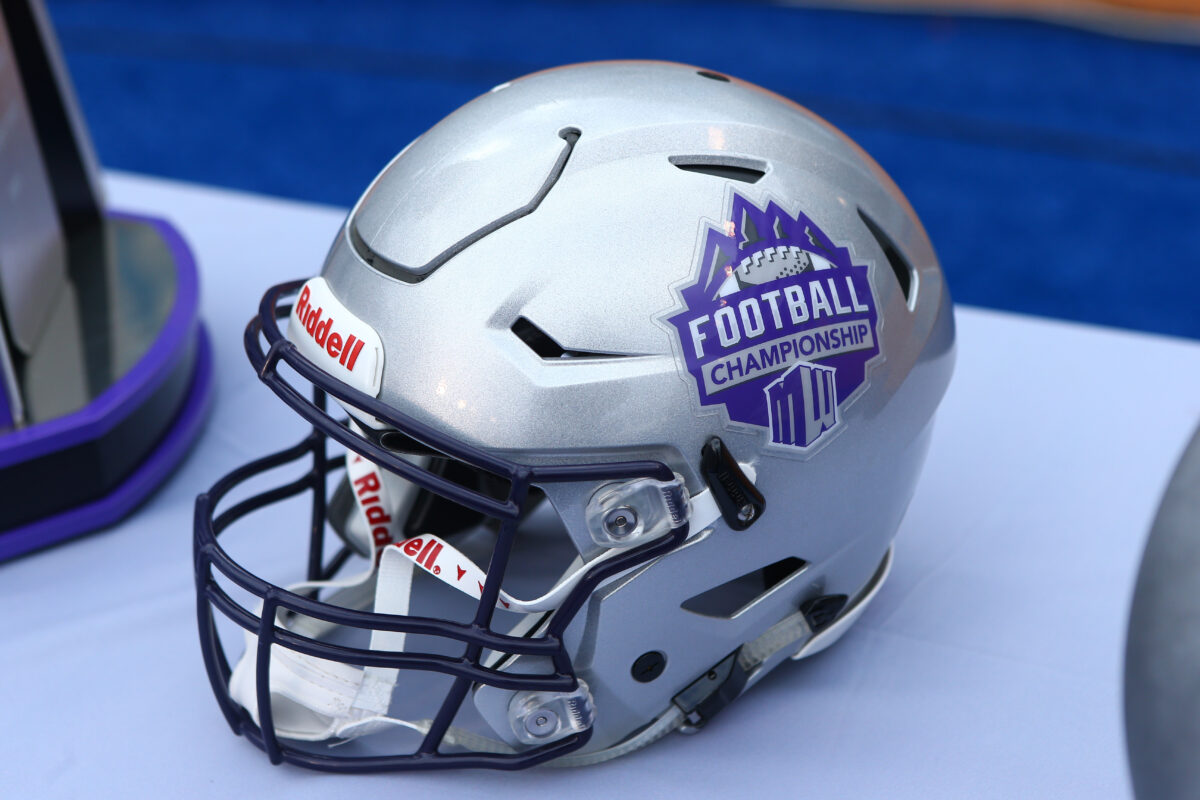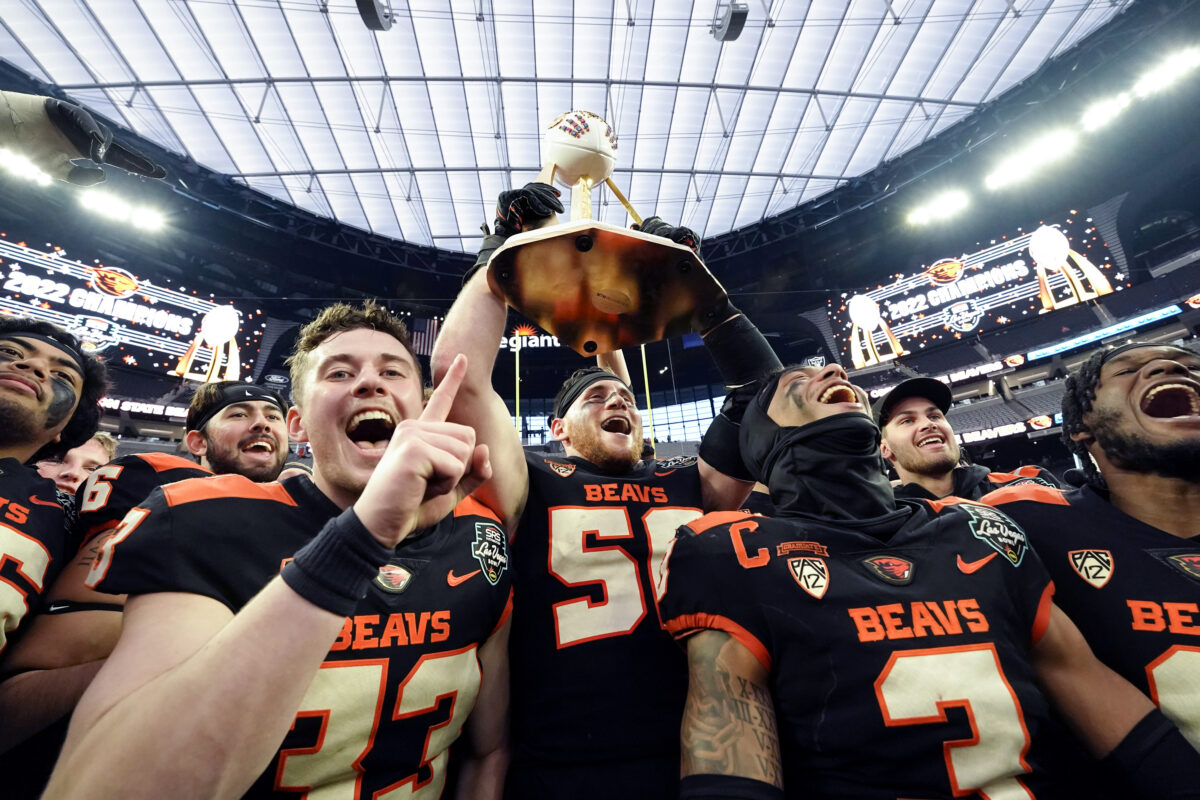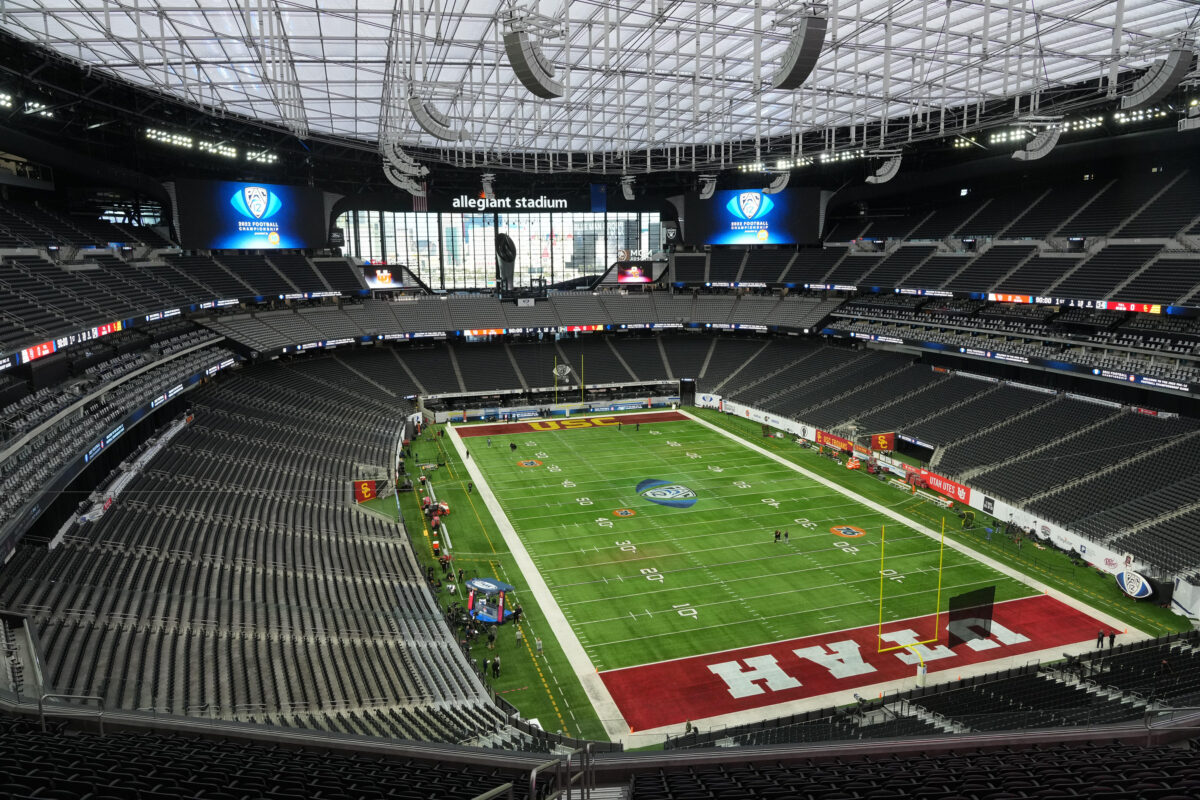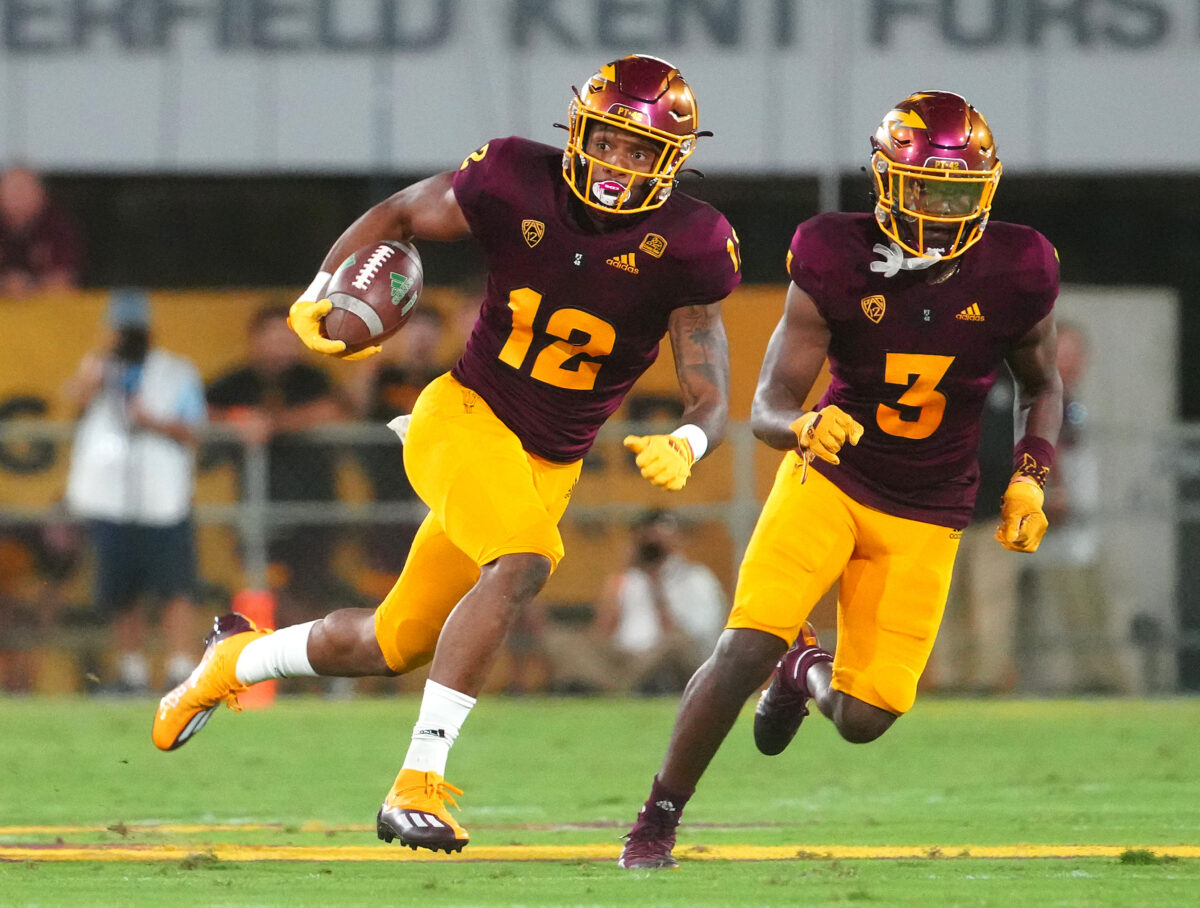In college sports today, the transfer portal is not peripheral to a coach’s job description; it is central and absolutely necessary. Coaches will ignore or neglect the portal at their peril. The USC Trojans, with Lincoln Riley and Caleb Williams, are a premier destination for transfers. USC has a head coach who understands the importance of the portal. It’s a big part of why the Trojans were good in Year 1 of the Riley era and have a chance to be even better in Year 2.
As such, this offseason was a massive success, and the list of portal additions is a long one. Jack Follman of SuperWest Sports ranked the best transfer classes in the Pac-12, and the Trojans are second on the list behind the Oregon Ducks.
“USC is stacking more talent. (Dorian) Singer is in the conversation for best receiver in the conference and was stolen from a former division rival. Cobb and White are All-Conference-type guys who will plug and play right away as starters and make a difference. They’re only the headliners too, as the Trojans have solid depth coming in on top of them in the portal.”
UCLA, Colorado, and Washington (whom USC lost Ralen Goforth to), round out the top five in the Pac-12.
[lawrence-auto-related count=1 tag=696092335]









